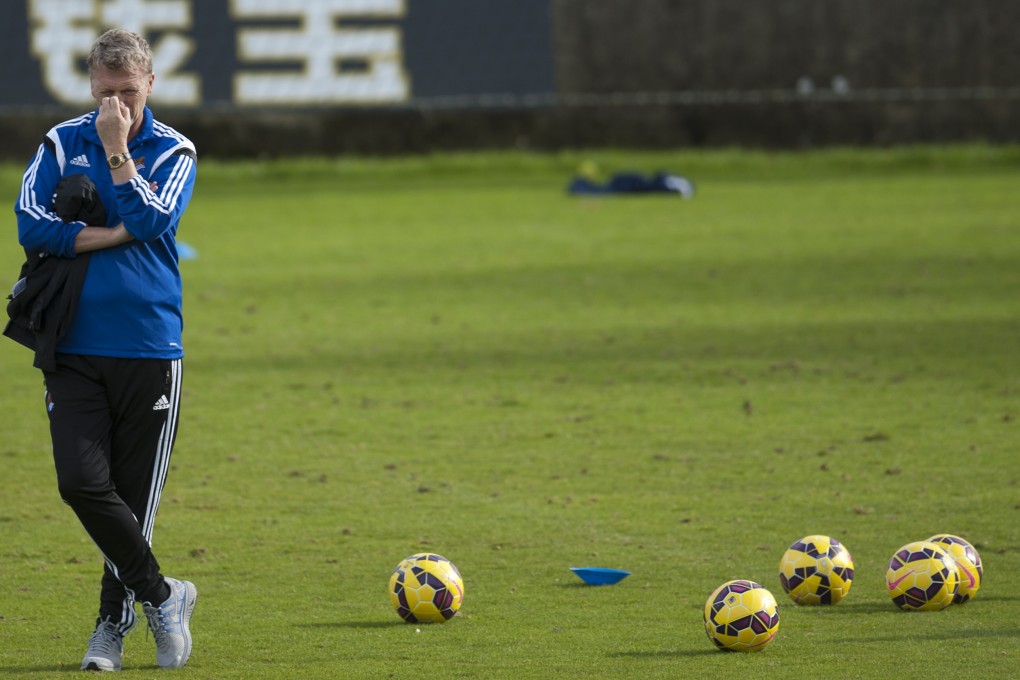The Rational Ref | Bickering over colour just trivial
In Hong Kong's lower divisions, teams can become childish and petty when choosing the hue of a ball to use on match day

Bright shiny yellow balls abound in the English Premier League after replacing the standard white ones, which will not be seen again until spring. The official reason is to combat the dark, gloomy conditions of the cold, wintery months in Britain.
This rationale appears odd and pear-shaped.
The newly introduced yellow and purple Nike Ordem Hi-Vis ball, rather than white, maximises its visibility in darker conditions, according to Rafael Ortega, the company's global product manager. If this is really true, then why are matches played in darker conditions? And why isn't yellow and purple the standard ball colour to begin with?
These days, much like soccer boots, balls are available in an array of snazzy colours
Traditionally, white became the standard colour because everyone used whatever the ball manufacturers produced. Later, in the evolution of the soccer ball, black patches were included to help players see the spin on the ball.
These days, much like soccer boots, balls are available in an array of snazzy colours. Even Ortega gives the marketing hype that its white Ordem ball, with special purple markings, took more than six years to develop.
"It is the first fuse-welded ball. It consists of 12 fuse-welded panels in a three-layer casing system, and a poly-blend wrapped, free-floating carbon latex bladder. The graphic pattern creates a flickering effect as the ball rotates," he said.
"Studies have shown that 70 per cent of matches played from October to February are under heavy cloud, rain and/or in the dark and under floodlights. So with the dark background of the crowds, the green grass and the bright perimeter boards we asked, 'How do you make this ball stand out in this environment?' The colour that contrasts best was yellow."
However, modern stadiums have the best floodlights to brighten up all areas on and off the pitch. If yellow is truly the best colour to spot on the pitch, then there should be an even bigger case for demanding that all pitch markings and goal posts must be yellow, and not white. Furthermore, in snowy conditions it was usual in the past to see orange match balls, which contrast better than yellow against snow.

